Imagine opening your pantry decades from now to find jars of honey as golden as the day you bought them, or grains of rice ready to feed your family through any storm. While most groceries wilt, spoil, or vanish within weeks, some quietly endure, waiting for the moment they’re needed most. These long-lasting foods are your secret weapons for emergency prep, budget-friendly meal planning, and sustainable living. If stored correctly, they can outlast chaos and even you, providing comfort and nourishment when the rest of the world feels uncertain. Discover which 12 everyday staples can truly stand the test of time.
1. Honey
Archaeological discoveries have unearthed 3,000-year-old honey in ancient Egyptian tombs that remains perfectly edible today. The secret lies in honey’s unique composition – extremely low moisture content and high acidity create an environment where bacteria simply cannot survive.
Bees add an enzyme called glucose oxidase that produces hydrogen peroxide, adding another layer of preservation. Crystallization might occur over time, but this doesn’t mean your honey has spoiled.
Store in a tightly sealed glass container away from direct sunlight, and this liquid gold will remain viable for generations. Simply warm crystallized honey in warm water to restore its flowing consistency.
2. White Rice
Buried in the cornerstone of a church in 1879, a cache of white rice was discovered 121 years later—still perfectly edible. Unlike its brown counterpart, white rice lacks the natural oils that eventually turn rancid, giving it remarkable staying power.
Proper storage is crucial for maximizing longevity. Oxygen absorbers and airtight containers prevent the minimal fats from oxidizing. Moisture remains the primary enemy, potentially introducing mold or bacteria.
Temperature stability matters too—cool, consistent temperatures below 70°F work best. When stored optimally in oxygen-free containers, white rice maintains its nutritional value and cooking properties for decades, making it a prepper’s dream food.
3. Salt
Roman soldiers once received salt as payment—hence the word ‘salary’—and those ancient crystals would still be perfectly usable today. Pure salt, whether mined from deposits or harvested from seas, contains no organic materials to decompose and remains chemically stable indefinitely.
Salt’s preservation powers extend beyond its own immortality. For thousands of years, civilizations have used it to cure meats and preserve vegetables through harsh winters.
The only threat to salt’s longevity is moisture, which causes clumping but doesn’t actually spoil it. Store in airtight containers with desiccant packets if you live in humid areas. Non-iodized varieties maintain their properties longest, as iodine can eventually break down.
4. Sugar
Archaeologists exploring a 1,500-year-old storage room in Jordan discovered crystallized sugar that remained chemically identical to modern varieties. Both white and brown sugar possess remarkable stability due to their low moisture content, creating an inhospitable environment for microorganisms.
Brown sugar contains molasses, giving it a slightly shorter shelf life than its refined white cousin, but both varieties remain safe indefinitely. The only real concern is hardening over time as moisture evaporates.
For optimal long-term storage, keep sugar in airtight containers away from humidity and temperature fluctuations. A clay sugar bear or apple slice can revive hardened brown sugar, while a gentle tap breaks up clumped white sugar without affecting its sweetness or safety.
5. Vinegar
Found in the tomb of a Chinese nobleman from 221 BCE, a sealed bronze vessel contained vinegar still recognizable after over 2,000 years. Vinegar’s self-preserving nature comes from its high acidity—typically 5-20% acetic acid—creating an environment where harmful bacteria simply cannot survive.
Mother of vinegar might develop over time, appearing as a cloudy substance floating at the bottom. This harmless cellulose byproduct actually indicates living beneficial bacteria and can be strained out if desired.
Storing vinegar in glass rather than plastic or metal prevents container degradation. While its potency might gradually diminish, properly stored vinegar never becomes unsafe and maintains its preservative properties virtually forever, making it both an eternal food and a preservative for other foods.
6. Dried Beans
In 2018, scientists successfully germinated 4,500-year-old lentils found in an archaeological site, demonstrating the remarkable longevity of legumes. Dried beans represent one of humanity’s oldest survival foods, remaining viable for centuries when properly stored.
The secret lies in their extremely low moisture content—typically under 10%—which prevents bacterial growth and spoilage. Older beans might take longer to cook and lose some nutritional value, but remain perfectly safe to eat decades after packaging.
For maximum shelf life, store dried beans in airtight containers with oxygen absorbers. Mylar bags with desiccant packets offer the best protection against their primary enemies: oxygen, moisture, and temperature fluctuations. Rotating your bean supply ensures you’re always using the most recently purchased ones first.
7. Cornstarch
Cornstarch discovered in the pantries of abandoned 19th-century homesteads has been found chemically identical to modern products. This refined powder consists almost entirely of carbohydrates derived from corn endosperm, containing virtually no proteins or fats that could deteriorate over time.
Its extraordinary shelf stability comes from the manufacturing process, which removes nearly all moisture. When stored properly, cornstarch maintains its thickening power indefinitely, ready to transform soups and sauces generations after purchase.
Moisture remains cornstarch’s only real enemy. Store in airtight containers away from humidity, and this kitchen staple will outlast you and potentially your grandchildren. Unlike many food products, cornstarch doesn’t even require oxygen absorbers for maximum longevity—just protection from dampness.
8. Pure Maple Syrup
Bottles of maple syrup sealed during the Civil War have been discovered still perfectly preserved in forgotten root cellars. The secret to maple syrup’s remarkable longevity lies in its sugar concentration—typically around 66%—creating an environment too dense for most microorganisms to survive.
Unopened and properly sealed, pure maple syrup can last indefinitely. The high sugar content acts as a natural preservative, while proper processing eliminates contaminants that could cause spoilage.
For maximum shelf life, store unopened maple syrup in glass containers in a cool, dark place. Once opened, refrigeration prevents the minimal risk of mold growth on the surface. Any mold that does develop can simply be removed, with the syrup underneath remaining perfectly safe to consume.
9. Soy Sauce
During excavations of 2,000-year-old Chinese tombs, archaeologists discovered sealed vessels containing liquid that chemical analysis confirmed as soy sauce. Traditional fermentation creates an environment hostile to harmful bacteria through a combination of salt concentration and beneficial microorganisms.
Modern commercially produced soy sauce continues this preservation tradition. The fermentation process creates antimicrobial compounds while its high salt content—typically 16-18%—prevents spoilage organisms from gaining a foothold.
Unopened bottles stored in cool, dark places can remain viable for years beyond their printed expiration dates. Even opened bottles maintain quality for months at room temperature and years when refrigerated. The flavor might gradually mellow, but properly made soy sauce never becomes unsafe to consume.
10. Bouillon Cubes
Military rations from World War I have been found with perfectly preserved bouillon cubes still capable of flavoring soups. These dehydrated flavor bombs achieve their remarkable longevity through an almost complete absence of moisture—typically less than 5%—and high salt content that prevents microbial growth.
Commercial bouillon cubes contain salt, MSG, and dehydrated vegetables or meat extracts. The intense dehydration process removes the water needed for bacterial or mold growth, while preservatives further extend shelf life.
For maximum longevity, store bouillon in airtight containers with desiccant packets to prevent moisture absorption. While flavor potency may gradually diminish, properly stored bouillon remains safe indefinitely. The high salt content means they’ll continue providing savory base notes to soups and stews for generations.
11. Hard Liquor
In 2010, divers recovered 168-year-old champagne and brandy from a Baltic shipwreck—the spirits remained not just safe but delicious. Hard liquors like whiskey, rum, and vodka achieve near-immortality through their high alcohol content—typically 40% or higher—creating an environment where bacteria and fungi simply cannot survive.
Unlike wine, spirits don’t continue aging in the bottle. A properly sealed bottle of bourbon from the 1950s contains essentially the same liquid as the day it was bottled, though subtle oxidation might occur with partially empty bottles.
Store spirits upright to prevent cork degradation from constant alcohol contact. Keep away from direct sunlight and temperature fluctuations that might affect flavor, though safety remains intact regardless. Properly stored hard liquors represent one of humanity’s truly eternal consumables.
12. Pure Vanilla Extract
Victorian-era cookbooks often mentioned inheriting vanilla extract from previous generations—a practice supported by modern food science. Pure vanilla extract combines two preservation powerhouses: alcohol (typically 35% or higher) and vanilla’s natural antimicrobial compounds.
The high alcohol content prevents bacterial growth while simultaneously extracting and preserving vanillin and hundreds of flavor compounds from vanilla beans. Over time, the extract actually improves as more compounds infuse into the solution.
Store in dark glass bottles away from heat and light to prevent degradation of delicate aromatics. While the potency might gradually diminish over decades, properly stored pure vanilla extract never becomes unsafe. Imitation vanilla lacks this longevity due to its artificial composition and lower alcohol content.
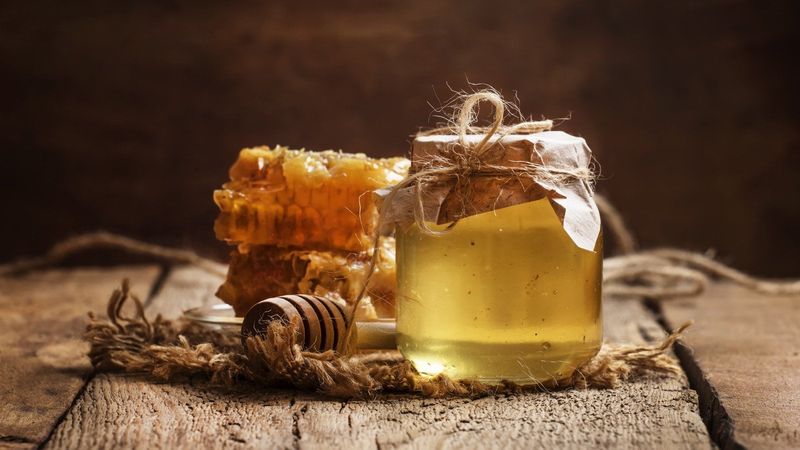
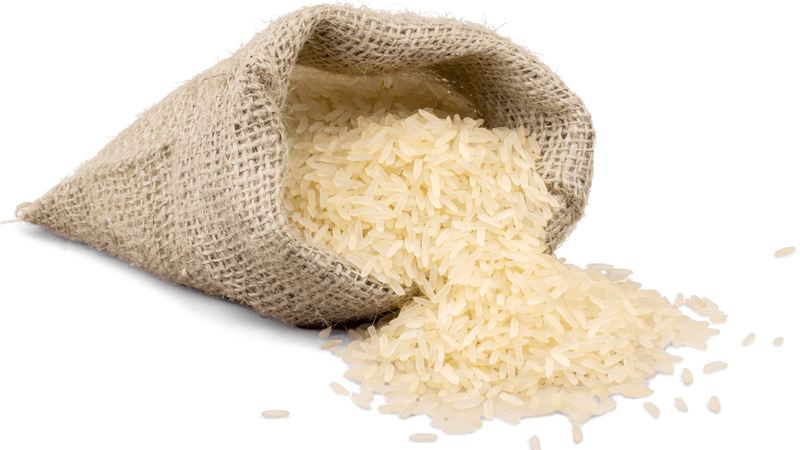
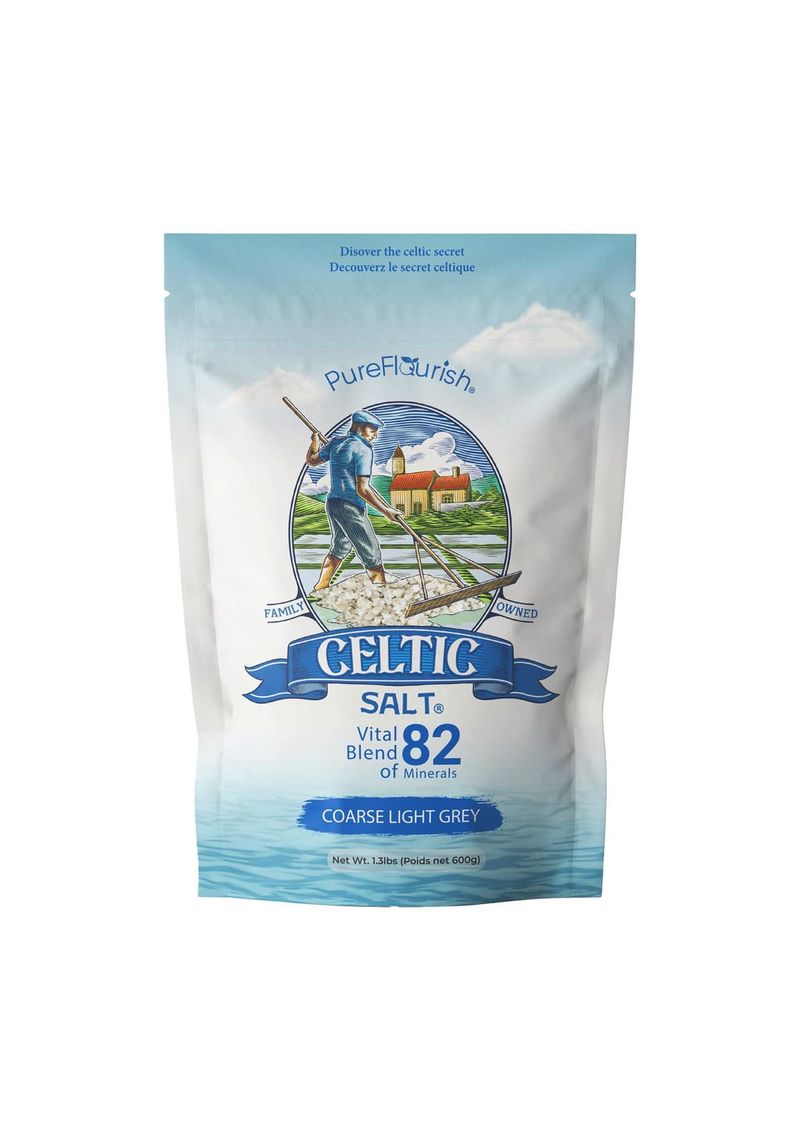
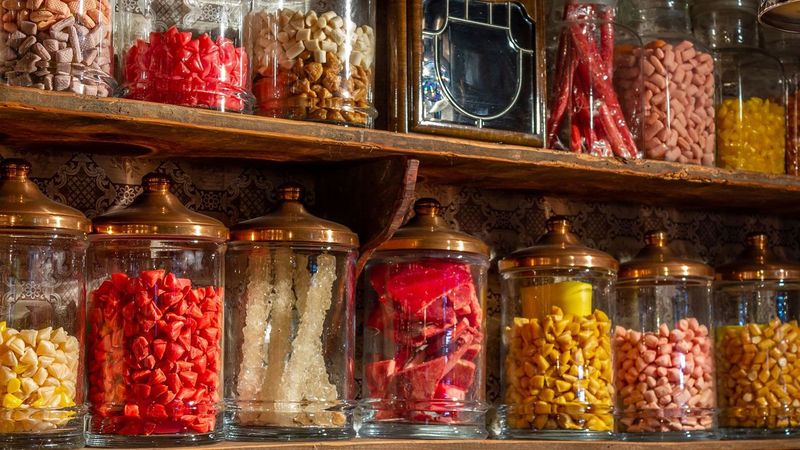
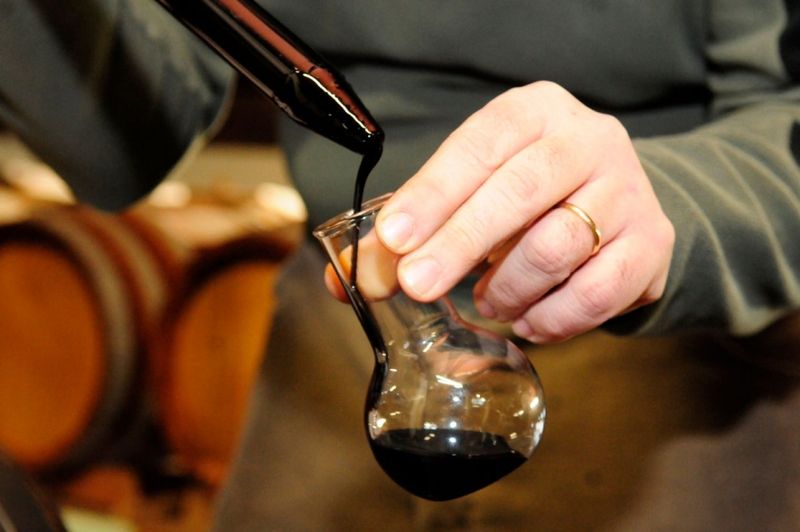
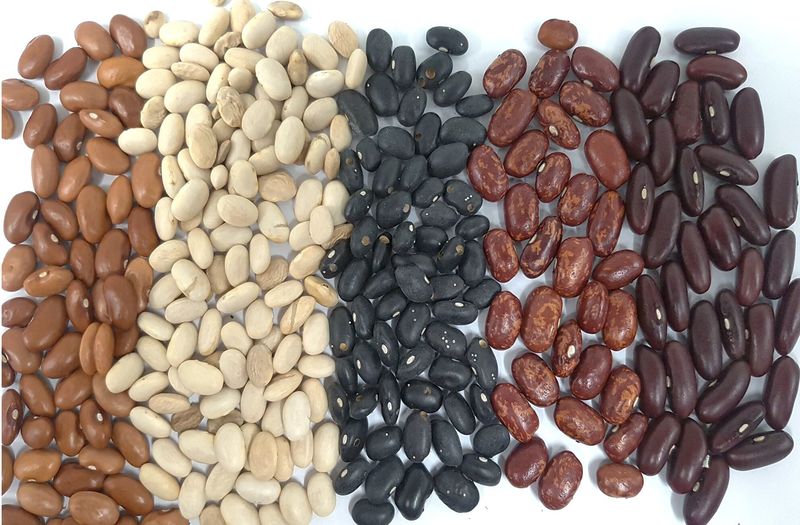
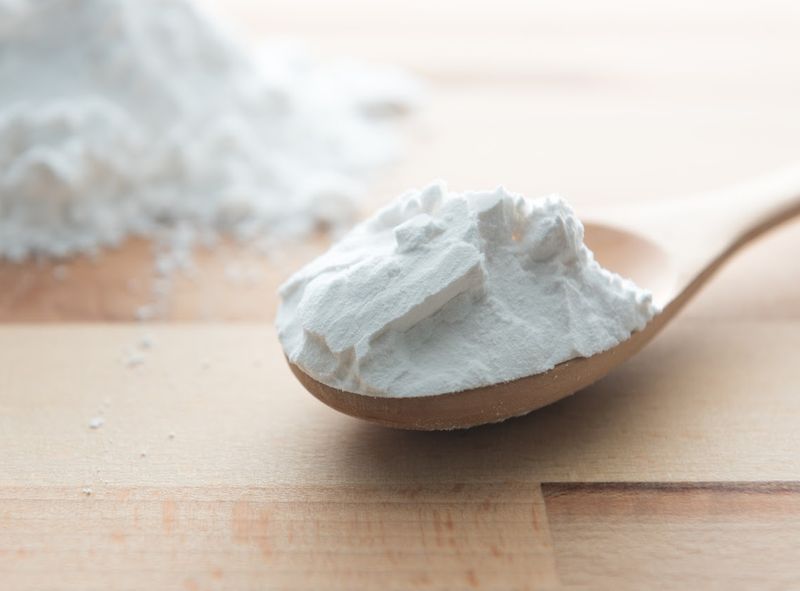
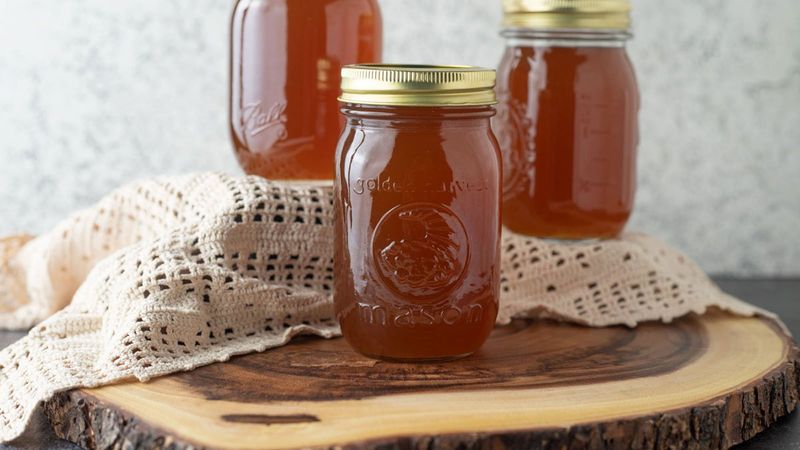
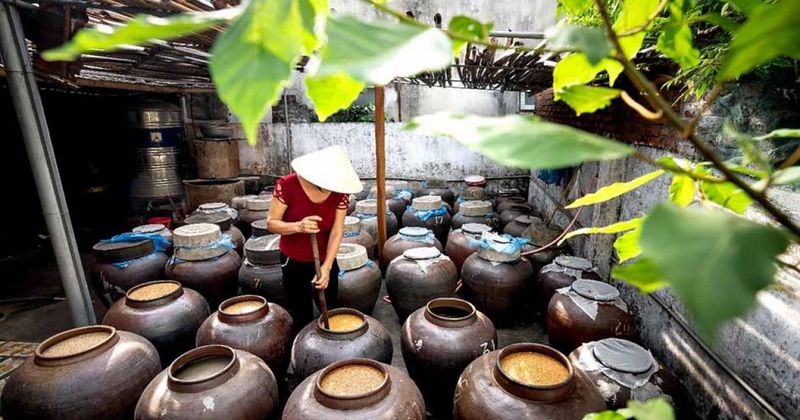
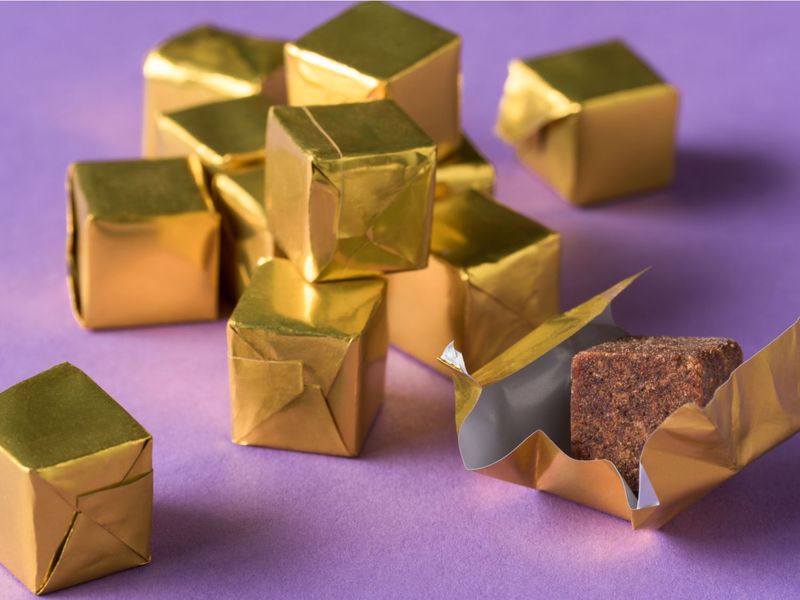
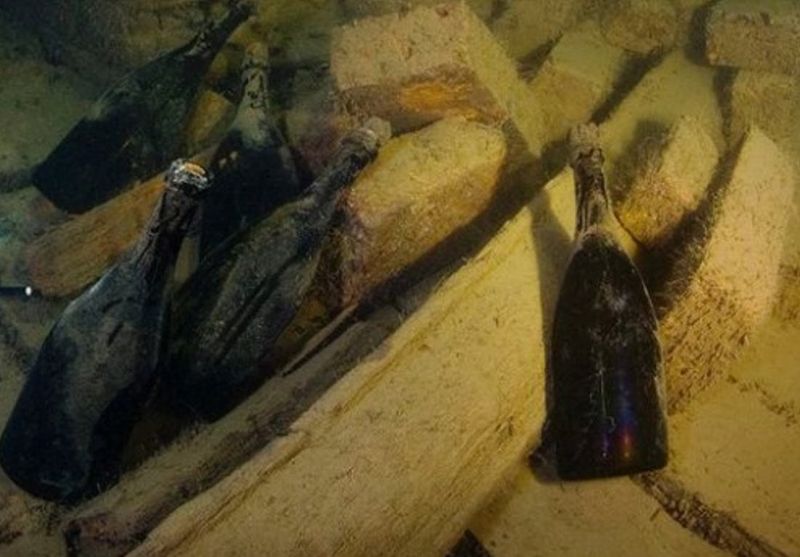
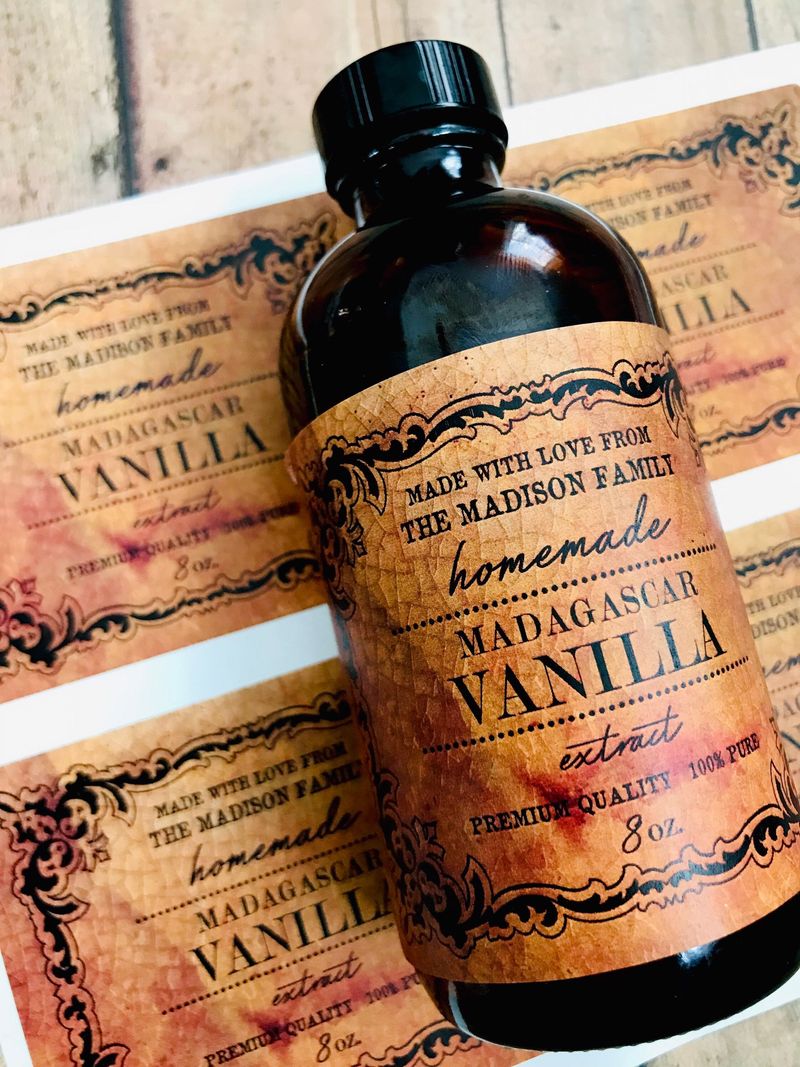
Leave a comment